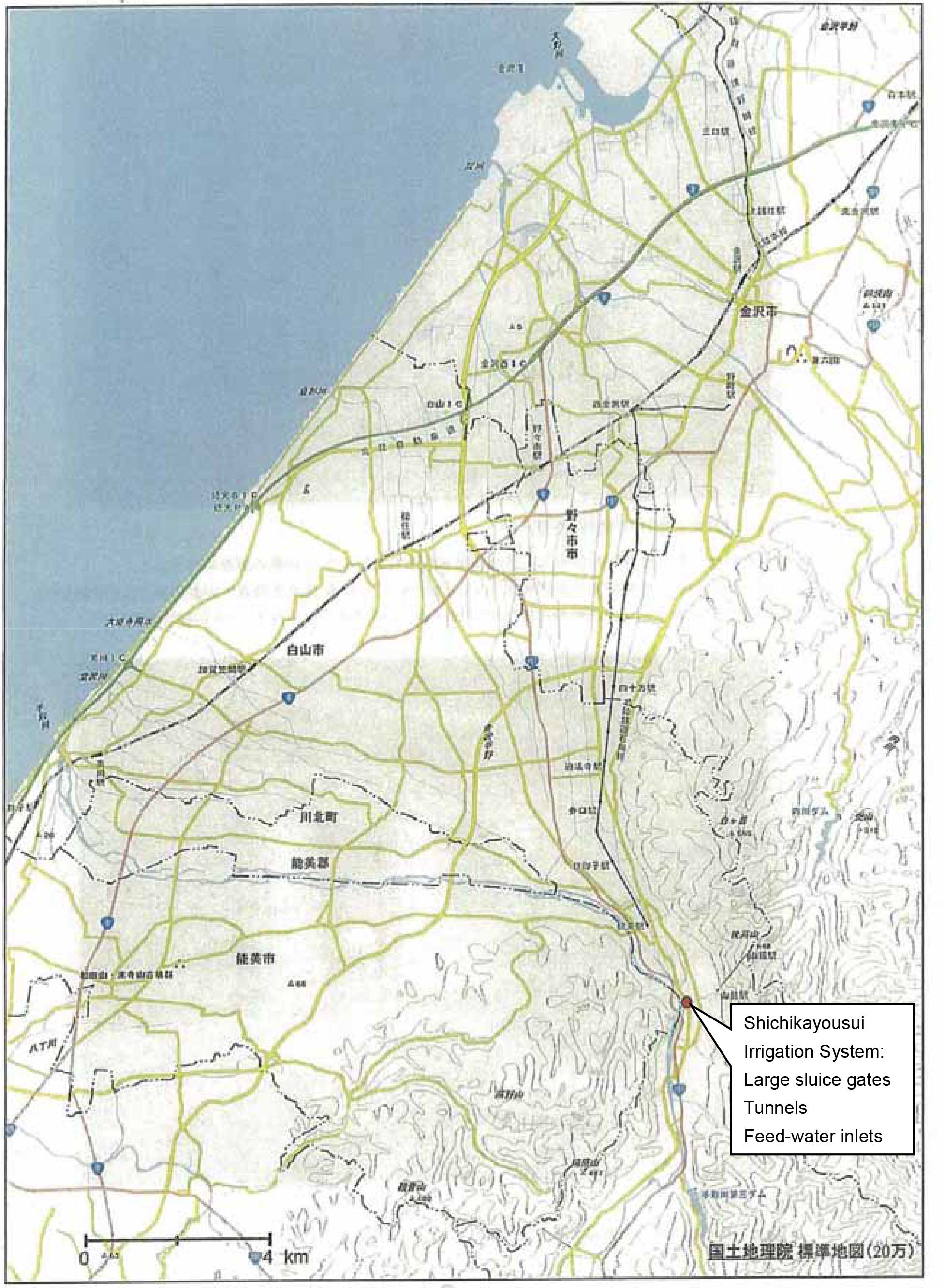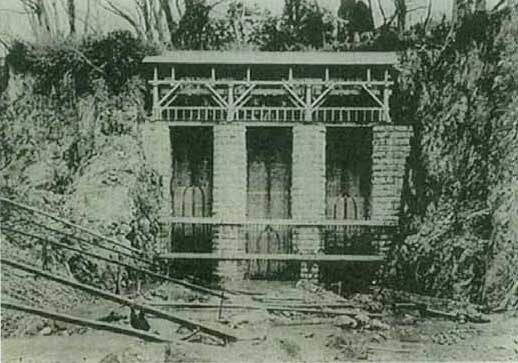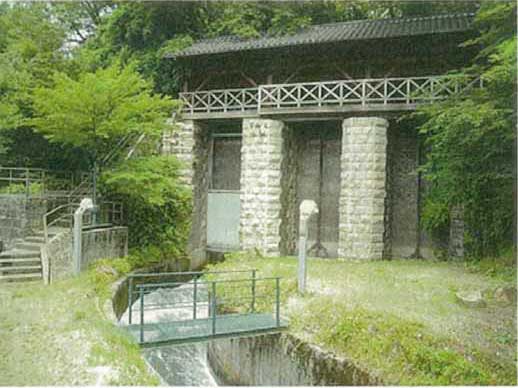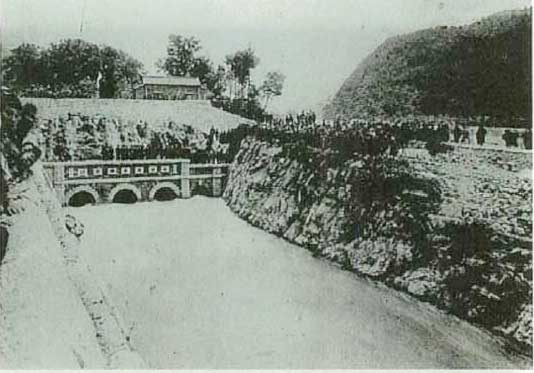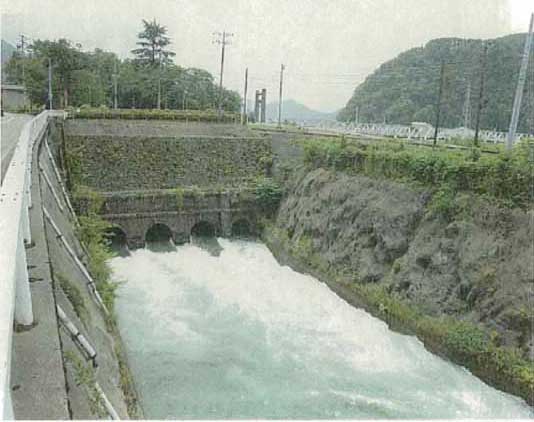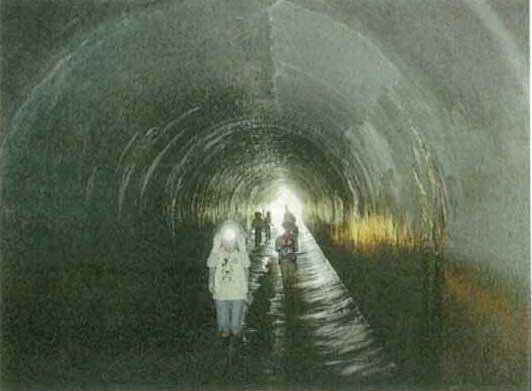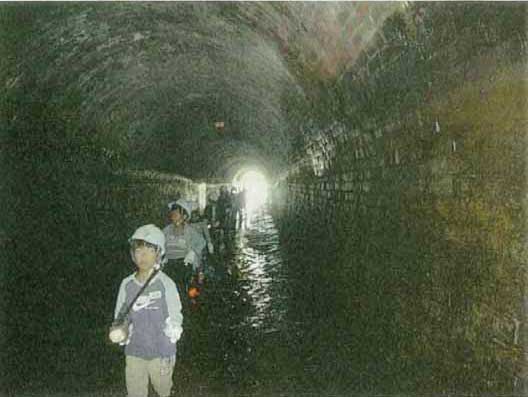Shichikayousui Irrigation System
Profile; ?>Shichikayousui means seven canals. Each of the canals of Shichikayousui Irrigation System draws water from five barrages built at suitable places by placing gabions and skeletal groins in the river Tedori, a class A river of maximum importance in Japan system of classification. River Tedori arises in Mt. Hakusan, traditionally considered a sacred mountain which was also flood prone.
Planning and execution of the project were based on Dutch civil engineer Johannis de Rijkes observations and recommendations of the Tedori River. One of the recommendations was to consolidate the scattered water intake structures into a single structure built on sturdy ground (in an area with steep riverbanks) that would divert the water into waterways in tunnels. Another was to conduct the diverted water through a single main canal from which it would flow into each of the irrigation canals in turn, from upstream to downstream. A third was to construct a main canal along the Tedori River so that excess water or tainted water could be ejected back into the river.
The works for consolidation were executed wherein the feed-water inlets for the seven canals were united at one point with the objective to take countermeasures against flooding; secure a stable supply of water for the System make it easier and more convenient to draw water from the river; and improve the efficiency of water distribution operations.
Large sluice gates and water inlets were designed to be strong, sturdy and stable. The large sluice gates were built on a cliff face with high stone pillars and brickwork. The feed-water inlets, a series of three arches, are the exits of three semicircular arched water tunnels dug through the rock and lined with brick, and the inlets feature cornerstones, pillars, horizontals and capstones made of stone, while the rest is made of brick. The large sluice gates are positioned right in front of the tunnel needed to be the sturdiest of structures, so it was made with a brick and stone exterior and a concrete-filled interior.
As a result, drawing of water from the river became easier, the water levels in the irrigation canals were stabilized and water diversion and irrigation rotation procedures were simplified. Conflicts over water were resolved, and the project was later known as the Great Meiji Improvement.
When the Shichikayousui Irrigation System was built, it had an overall water distribution capacity of 66.8 cubic meters per second. The series of three tunnels were capable of drawing water at a rate of 54.4 cubic meters per second, and the rest was made up by the intake from a supplementary sluice gate, feeding four feed-water inlets altogether.
In 1934 there was major flooding of the Tedori River causing the riverbed to fall, making it difficult to divert water from the river through the large sluice gates. A weir was erected, which was intended for a hydropower generation project being planned around the same time. After a hydropower generation canal went into use, two tunnels were connected to one another, and it became an easy task to supply irrigation canals with 30 cubic meters of water per second.
Afterward, a large-scale agricultural water utilization improvement project was implemented so as to bring the volume of water intake up to 76 cubic meters per second, discharge capacity up from 19 to 31 cubic meters per second, improving the ability to secure adequate amounts of water.
HIGHLIGHTS
Country: Japan
Province:
Latitude : 36 o 26" Longitude : 136 o 37"
Built: 1903
River: Tedori River Basin
Irrigated Area: 4806 ha
65th IEC Meeting, Gwangju, Korea, 2014
